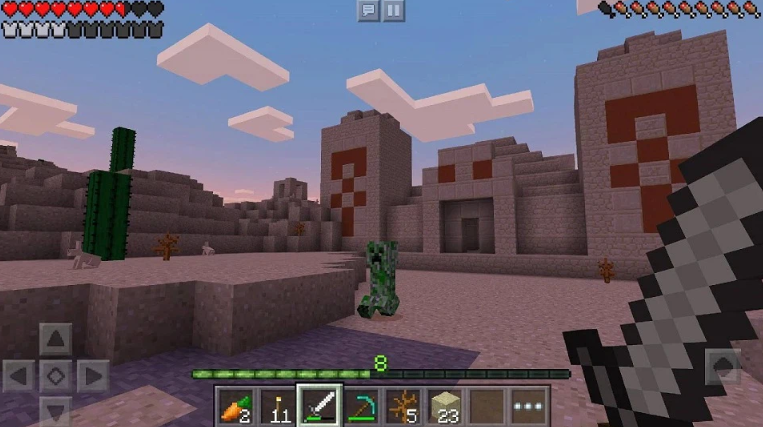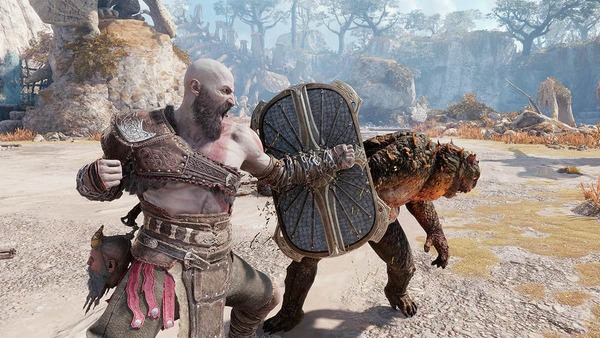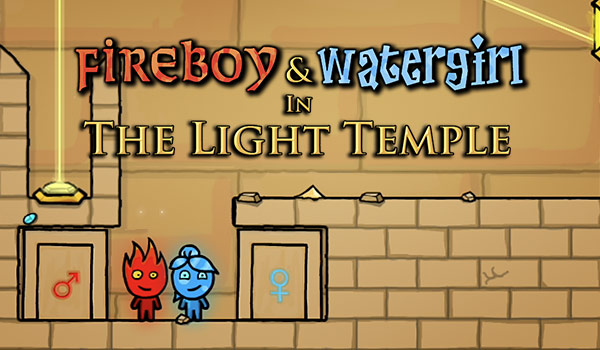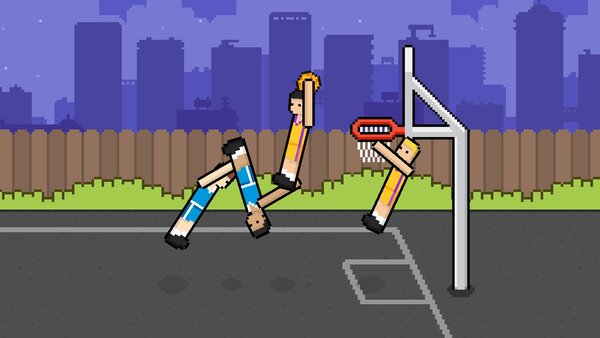Advertisement
Popular Now
Minecraft has become one of the most influential and widely played video games of all time. A major part of its charm comes from the ability to build and create in virtually limitless ways, with one of its standout features being the Redstone system. Redstone allows players to create complex contraptions and machines, ranging from simple doors to intricate logic circuits. However, despite its potential, the Redstone mechanics in Minecraft have sparked ongoing debate due to their complexity, quirks, and limitations. These issues can frustrate both beginners and advanced players who are eager to explore and experiment with automation. In this article, we will explore the specific challenges surrounding Minecraft's Redstone mechanics, how they affect gameplay, and what can be done to improve the system for a more enjoyable experience.


/2015_4_1_201504011527160987_game_Minecraft(1).jpg)


What is Redstone and Why Does It Matter?
Redstone is a unique material in Minecraft, serving as the game's version of electrical wiring. It can be used to create a vast range of devices and mechanisms, including traps, automated doors, farms, and even computers. By powering Redstone dust with various components like levers, buttons, and pressure plates, players can send signals that trigger different actions.How Redstone Works
At its core, Redstone works by transmitting signals that can activate blocks and components connected to it. The signal strength decays over distance, and the user must plan their designs accordingly. Players can also manipulate Redstone through logic gates like AND, OR, NOT, and XOR, creating complex systems that execute intricate tasks.Why is Redstone Important?
Redstone represents one of the deepest and most engaging elements in Minecraft. It allows players to automate aspects of gameplay, from powering mobs to creating complex machines that make survival easier or more entertaining. For many, the thrill of experimenting with Redstone is one of the game’s biggest draws, but its complexity can also present a barrier.The Complexity of Redstone: A Double-Edged Sword
One of the most significant issues with Redstone mechanics is its inherent complexity. For beginners, it can feel overwhelming, while even veteran players sometimes struggle with debugging complex contraptions.Overwhelming for Beginners
For newcomers to Minecraft, understanding how Redstone works is a significant hurdle. The mechanics can be hard to grasp, especially since the game provides minimal guidance on how to use it effectively. Creating even basic contraptions requires knowledge of circuits, signal strength, and the interaction between various Redstone components.
Example:
- Problem: A beginner might attempt to create a simple door that opens automatically but struggles because they don't understand how to correctly place Redstone dust or connect the components. They may also not know how to adjust the signal strength, causing the door to malfunction.
The Learning Curve for Advanced Players
While experienced players may have mastered the basics, complex Redstone builds still present a challenge. As contraptions grow in size and complexity, debugging becomes increasingly difficult. One small mistake in the arrangement of components can lead to a complete failure of the system, and since Redstone is often invisible, pinpointing the issue becomes a frustrating process./2015_4_1_201504011527160987_game_Minecraft(1).jpg)
Example:
- Problem: A player might create a large farm system powered by Redstone that automates the process of harvesting crops. However, due to a slight misplacement of a block, a section of the system fails to trigger the harvest, and the player must carefully inspect each component to fix the problem.
Signal Interference and Complexity in Larger Builds
As players build more complex systems using Redstone, one major issue they encounter is signal interference. Redstone signals can interact with one another in unexpected ways, causing systems to behave unpredictably or fail entirely.Signal Collisions
Redstone signals are transmitted through the dust and components connected to them, but when signals overlap or run parallel to one another, it can cause interference. This interference results in signals being canceled out, reduced in strength, or malfunctioning, especially when trying to run multiple signals through a confined space.Example:
- Scenario: A player may attempt to power two separate doors in close proximity using different signals. The signals end up overlapping, causing both doors to open at the same time when only one should be triggered.
The Need for Space in Large Builds
To avoid signal interference, players often need to provide extra space to prevent signals from crossing each other. This requirement can lead to inefficient designs, as large amounts of real estate are taken up by unnecessary gaps between components. In extreme cases, a small contraption designed to fit in a tight space may not function at all due to signal overlap.
Example:
- Scenario: A player creates a complex system of Redstone-powered pistons that need to retract and extend in a specific order. However, because the pistons are too close together, the signals interfere with one another, preventing the pistons from working as intended.
Unpredictable Behavior of Redstone Circuits
While the game’s Redstone mechanics are built around logic and predictable interactions, there are instances where Redstone circuits behave unpredictably, causing confusion and frustration for players.Delays and Timing Issues
One of the most significant issues is the inconsistent timing of Redstone signals. The timing between components, especially with longer circuits, can sometimes cause delays or unexpected results. For example, a piston might activate too late, or a door might remain open longer than intended.Example:
- Scenario: A player sets up a timed Redstone mechanism to close a door after 10 seconds. However, due to the timing of the circuits, the door stays open longer than planned, causing unintended results.
The Unreliability of Redstone Repeaters
Redstone repeaters are designed to extend the range of a Redstone signal and delay it. However, they can sometimes behave erratically, either causing signals to decay too quickly or not delay long enough. This issue is particularly prominent when players attempt to synchronize different parts of a Redstone machine, as repeaters may fail to maintain a consistent delay.Example:
- Scenario: A player uses a series of repeaters to create a ticking clock for an automated farm. Due to inconsistent repeater behavior, the timing of the clock becomes irregular, causing the farm’s harvest mechanism to trigger at the wrong moments.
The Lack of Realism in Redstone Logic
Another major challenge with Redstone is its lack of realism. While the system is incredibly creative, it doesn't always simulate real-world electronics or logic in a way that is intuitive for players used to how real circuits work.Absence of Digital Logic
Redstone can simulate a rudimentary form of digital logic, but it’s often difficult to create circuits that match real-world designs like those in actual computers. While there are ways to create binary systems using Redstone, the complexity and size of these systems mean they are impractical for most players. This limits Redstone’s ability to replicate the kind of precision and utility that real-world electronics can offer.Example:
- Scenario: A player tries to build a fully functioning calculator using Redstone. While it is technically possible, the machine becomes enormous and cumbersome, and even the most basic operations become highly complicated.
Difficulty in Creating Complex Machines
While Minecraft’s Redstone is incredibly versatile, it does not offer the same ease of use as real-world electrical systems. The use of various components like levers, pistons, and observers can make building complex contraptions time-consuming and error-prone.Example:
- Scenario: A player builds an automated minecart system to transport resources but struggles with the limitations of Redstone components. Small changes can cause the system to break, and players must carefully tweak the build over time.
Redstone’s Interactions with Other Game Mechanics
Another challenge with Redstone is its interaction with other game mechanics. As the game evolves, new mechanics are introduced, but these new systems don’t always mesh well with Redstone, creating inconsistencies.Interaction with Minecraft Mobs
Redstone mechanisms can sometimes conflict with the game’s mobs, such as when a Redstone-powered farm inadvertently attracts hostile mobs, or mobs interact with Redstone systems in unpredictable ways.Example:
- Scenario: A player builds an automatic mob farm using Redstone to spawn and trap hostile creatures. However, the system fails to work as expected due to an interaction between the mobs and the Redstone contraption, causing mobs to escape or not spawn at all.
Redstone and Terrain
Redstone circuits can also be easily disrupted by terrain, such as water, lava, or even different types of blocks. The terrain may interfere with the signal flow, requiring players to constantly adapt their designs to avoid obstacles.Example:
- Scenario: A player attempts to build a Redstone-powered elevator. However, due to the terrain’s elevation, they struggle to maintain a steady Redstone signal throughout the elevator’s path.
The Community’s Response to Redstone’s Limitations
Minecraft’s Redstone mechanics have sparked a variety of responses from the community. Some players embrace the challenge, pushing the limits of what is possible within the game, while others express frustration at the limitations and complexity of the system.The Creative Solutions of the Community
Many players have embraced Redstone’s limitations and turned them into an opportunity for creative problem-solving. From creating fully functional computers to designing massive Redstone-powered factories, the community has found ways to push the boundaries of what is possible within the system.Example:
- Example of Innovation: Players have built automated farms, complete railway systems, and even entire in-game “computers” powered by Redstone. These creations showcase the ingenuity and problem-solving skills of Minecraft’s player base.
Complaints and Suggestions for Improvement
However, not all players are happy with the current state of Redstone. Many have voiced concerns about the system’s unpredictability and complexity, with some suggesting that the game could benefit from additional tutorials, improved consistency in how components work, and more advanced tools for Redstone design.The Future of Redstone in Minecraft
While Minecraft continues to evolve, the future of Redstone remains uncertain. Players have suggested that new features, such as more advanced logic gates, improvements to the timing mechanisms, and more intuitive design tools, could significantly improve the Redstone experience.Possibilities for Improvement
- Better Feedback: Providing better visual feedback for Redstone components could help players identify and fix problems more easily.
- More Advanced Tools: Implementing more advanced tools for Redstone, such as simplified logic components or automated error-checking, would help alleviate the challenges faced by players working on complex builds.
























